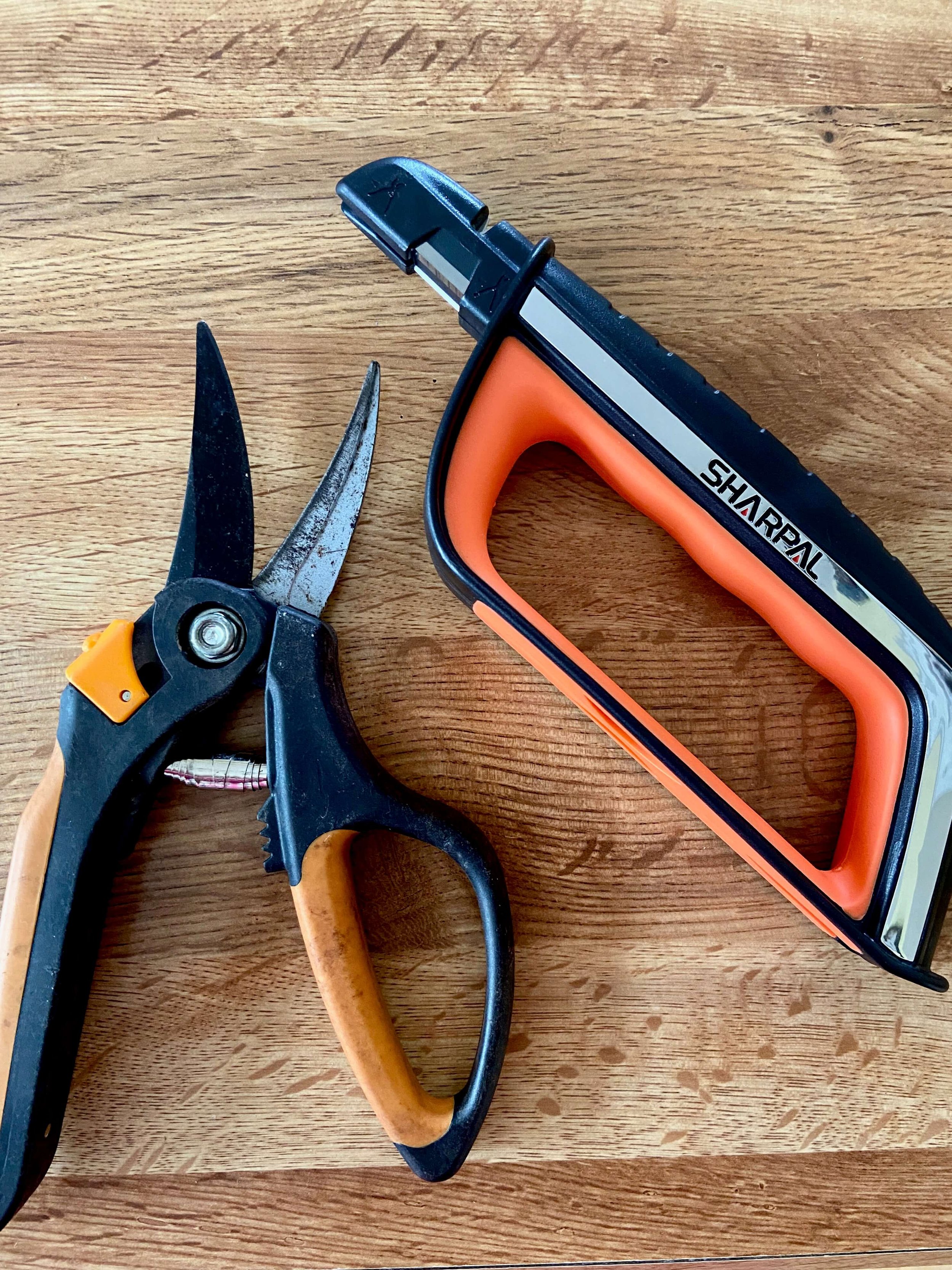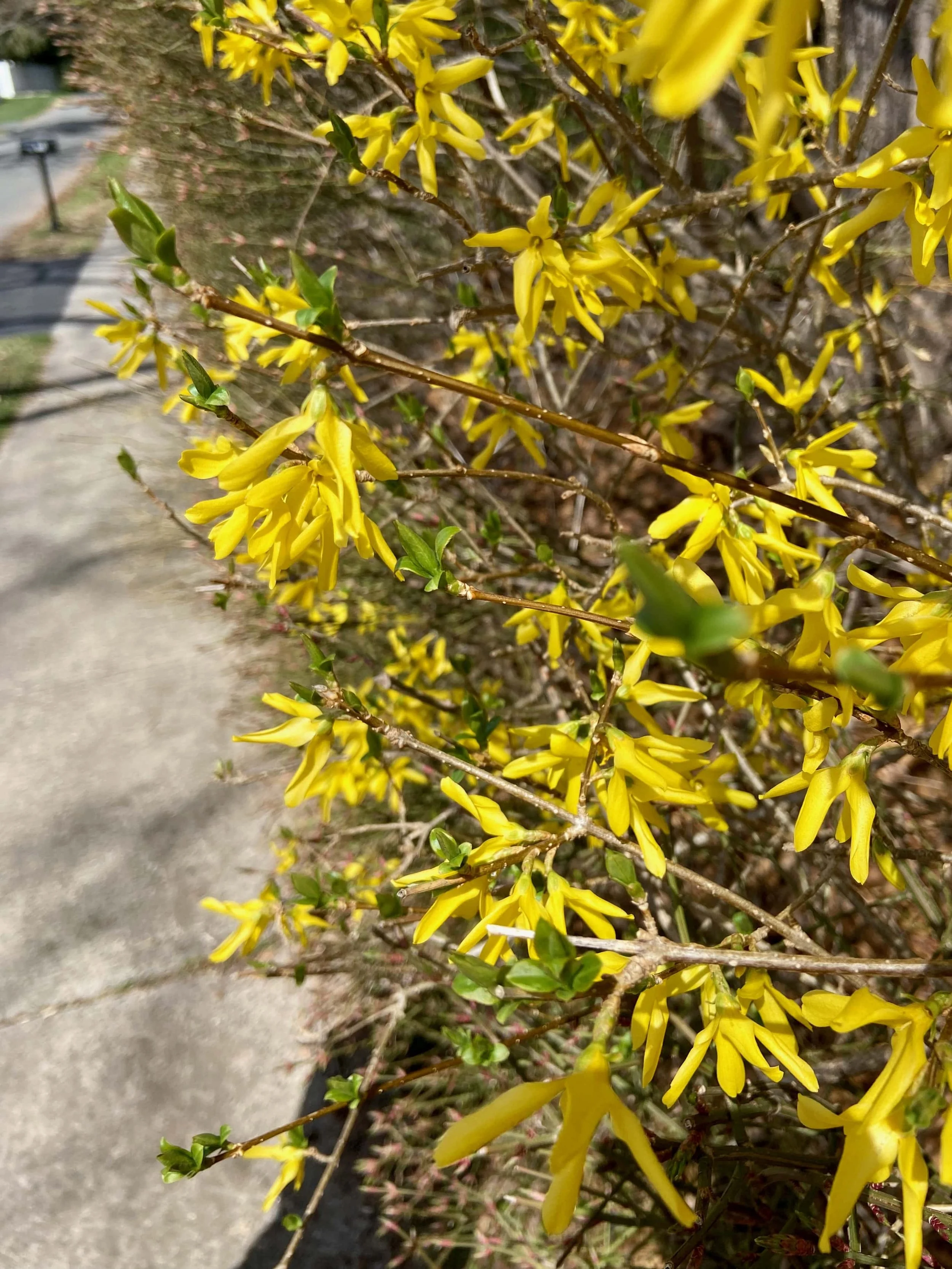The Ultimate Guide to Pruning Tools: What You Need to Get Started
Pruning Tools
If you’re new to gardening, the idea of pruning can seem intimidating. You might be thinking, "Do I really need special tools? Can’t I just snip here and there with whatever scissors I have?" The short answer is yes, you do need specific tools, and no, regular scissors won't cut it—literally!
But don’t worry! You don’t need to spend a fortune or fill your shed with every garden tool imaginable. You just need to know the right tools for the right job. Let’s break it down together so you can feel confident in your pruning game.
The items listed are accompanied by affiliate links, meaning I earn a small commission if a purchase is made through my links. This has no impact on the cost to the consumer. I link to products this way whenever possible, and it has no bearing on the products I choose to review or recommend.
Why Do You Need Special Pruning Tools?
Before we get into the specific tools, let’s answer the big question: Why not just use regular household scissors? Pruning is more than just cutting branches or leaves. Clean, precise cuts promote healthy plant growth and reduce the risk of disease. Scissors or dull blades can crush stems, leaving your plants vulnerable to infection. Proper pruning tools are designed to make clean cuts without damaging your plants, which is key to keeping them happy and healthy.
Now, let’s explore the different pruning tools, what each one is for, and why they’re worth having in your garden toolkit.
1. Hand Pruners (Secateurs)
Hand pruners
Best for: Small branches, stems, flowers, and deadheading
Hand pruners, also known as secateurs, are the most essential tool in any gardener’s arsenal. Think of them as the go-to tool for everyday tasks, like cutting stems or small branches (about the thickness of a pencil or less).
There are two types of hand pruners:
Bypass Pruners: These have two sharp blades that slide past each other (like scissors). They make a clean, sharp cut and are perfect for living stems and soft plant material.
Bypass Pruners
Anvil Pruners: These have one sharp blade that closes onto a flat, anvil-like surface. Anvil pruners are better for cutting dead or dry branches but can crush living stems, so they’re not ideal for all situations.
Anvil Pruners
Why you need them: Hand pruners give you precision and control. You’ll use them for deadheading flowers, cutting small stems, pruning herbs, or removing dead growth. They’re small enough to fit in your pocket but powerful enough to handle tough jobs.
Beginner Tip: Always go for bypass pruners as your first pair—they’re the most versatile and easiest to use.
Recommendations for Purchasing: Bypass Pruners and Anvil Pruners
2. Loppers
Loppers
Best for: Medium-sized branches (up to about 1.5 inches thick)
Loppers are basically hand pruners on steroids. They have long handles, which give you extra leverage to cut through thicker branches that hand pruners can’t handle. The longer handles also allow you to reach higher branches without needing a ladder.
Why you need them: When you’re pruning shrubs, fruit trees, or larger perennials, loppers make quick work of thick branches without requiring much effort. The longer handles save your wrists from strain, making loppers an essential tool for those heavier-duty jobs.
Beginner Tip: Choose loppers with bypass blades for cleaner cuts on living wood. Keep an eye out for ones with cushioned grips for extra comfort during longer pruning sessions.
Recommendations for Purchasing: Loppers
3. Pruning Saws
Pruning Saw
Best for: Thick branches (anything over 1.5 inches in diameter)
When your loppers just aren’t cutting it (pun intended), it’s time to reach for a pruning saw. These saws are designed to cut through thick branches and even small tree limbs that regular tools can’t handle. They have sharp, coarse teeth that make sawing through wood smooth and easy.
There are different types of pruning saws:
Folding Pruning Saw: This saw folds up, making it compact and easy to store in your tool kit. It’s great for general pruning tasks.
Folding Pruning Saw
Straight-Blade Saw: This is ideal for cutting through green, living wood.
Straight-Blade Saw
Curved-Blade Saw: This one is better suited for dead wood and thicker branches.
Curved-Blade Saw
Why you need them: A pruning saw gives you the power to remove those big, dead branches that would be impossible with pruners or loppers. It’s especially useful when pruning trees or large shrubs where you need clean cuts to prevent damage.
Beginner Tip: A folding saw is a great first pruning saw. It’s compact, versatile, and safe to store.
Recommendations for Purchasing: Folding Pruning Saw, Straight-Blade Saw, Curved-Blade Saw
4. Hedge Shears
Hedge Shears
Best for: Shaping hedges and trimming large areas
Hedge shears are like giant scissors designed for cutting through multiple stems at once. If you’ve got a hedge or any large, bushy plant that needs tidying up, hedge shears are your best friend. They’re great for shaping shrubs into neat, tidy forms.
Why you need them: If you’re planning on keeping hedges or large shrubs in check, hedge shears make the job fast and efficient. They give your plants that well-groomed look, without needing to snip individual branches one by one.
Beginner Tip: Hedge shears aren’t for precise cuts on individual branches—they’re more about making general, even trims across large sections. Don’t use them for small plants, as they could cause more damage than good.
Recommendations for Purchasing: Hedge Shears
5. Pole Pruners
Pole Pruner
Best for: Hard-to-reach branches (think high-up limbs on trees)
Ever stare up at a branch and wish you could reach it without climbing a ladder? That’s where pole pruners come in. They’re essentially a pruning tool mounted on a long pole, giving you the reach to prune high branches safely from the ground.
Why you need them: If you have tall trees or shrubs, a pole pruner makes it easy to trim without hauling out the ladder every time. Many models have both a saw and pruner attachment, so you can tackle a variety of branches.
Beginner Tip: When using a pole pruner, start small. Don’t try to tackle the biggest, hardest branch first. Get a feel for the tool by trimming smaller branches before moving on to larger ones.
Recommendations for Purchasing: Pole Pruner
6. Pruning Knife
Pruning Knife
Best for: Small, delicate cuts and shaping
A pruning knife is handy for small-scale pruning tasks that require finesse. It’s often used for grafting, removing small suckers, or cutting back tender plants that don’t require heavy-duty tools.
Why you need them: If you enjoy detail work like bonsai or topiary, a pruning knife is great for those small, precise cuts. It’s also useful for trimming back delicate stems or removing spent flowers.
Beginner Tip: While a pruning knife is more of a specialty tool, it’s worth having in your kit if you enjoy detailed pruning work.
Recommendations for Purchasing: Pruning Knife
Caring for Your Tools
Having the right tools is only half the battle—keeping them in good shape is just as important! After each pruning session, clean your tools with a damp cloth to remove sap and dirt. A quick wipe with rubbing alcohol will help prevent the spread of plant diseases. And don’t forget to sharpen your blades regularly for cleaner cuts!
Pruning is Empowering!
Pruning can feel overwhelming at first, but with the right tools and a little practice, it quickly becomes one of the most satisfying parts of gardening. The best part? You don’t need every tool out there. Start with a quality pair of hand pruners, and as you gain experience, you can expand your toolkit based on your needs.
PIN It for Later























